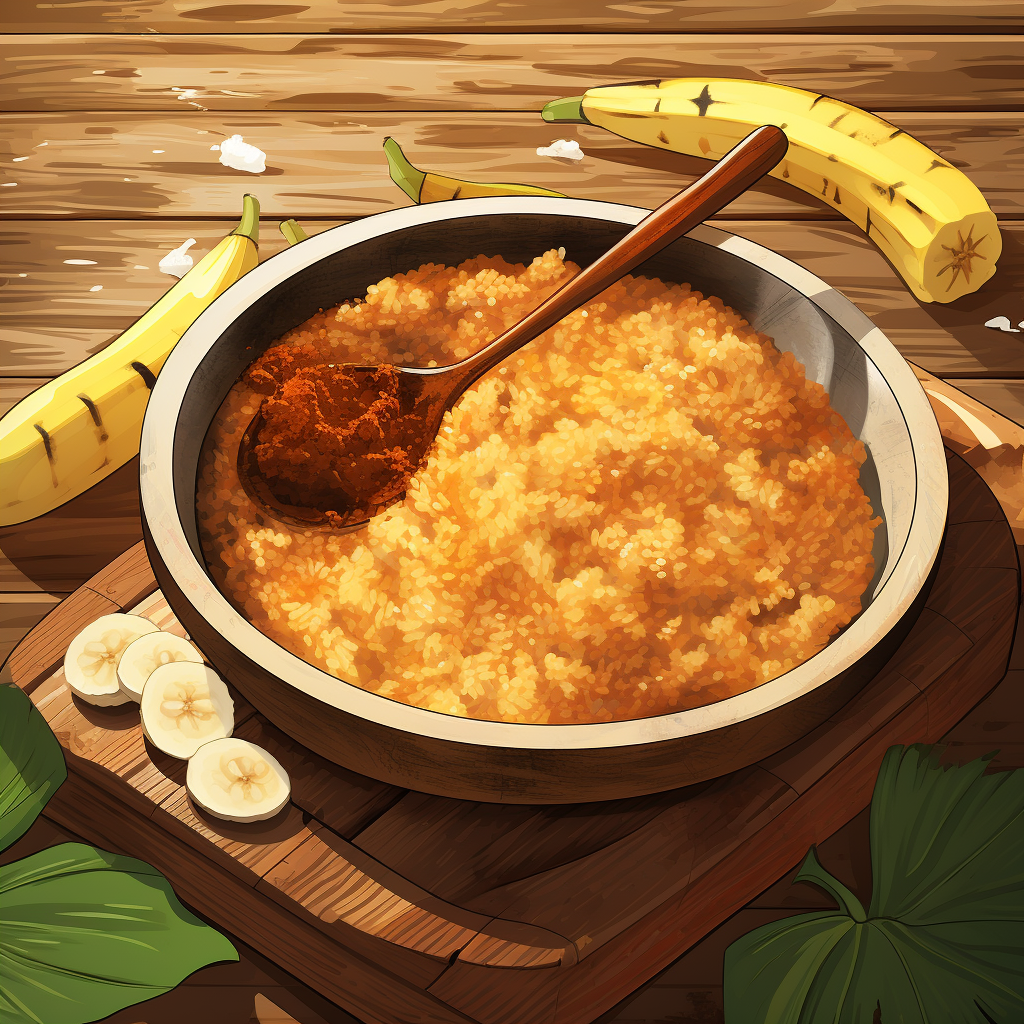Laplap, an embodiment of the rich culinary traditions of Vanuatu, is a delectable dish that fuses root vegetables, coconut, and sometimes meat or fish. This iconic dish, baked in earth ovens, captures the essence of island life and the flavors of the Pacific.
Understanding the Roots of Laplap
Steeped in tradition, Laplap is more than just a meal in Vanuatu – it’s a cultural event. The preparation process, often communal, strengthens bonds among community members. Laplap’s prominence is such that it graces tables during important ceremonies, celebrations, and gatherings, making it an integral part of Ni-Vanuatu life.
Vanuatu’s Agricultural Bounty in a Dish
Vanuatu’s volcanic soil yields a rich harvest of root vegetables, which form the base of many local dishes, including Laplap. This dish epitomizes the island’s reliance on and respect for nature, utilizing fresh, locally-sourced ingredients, representing Vanuatu’s agricultural heritage and self-sufficiency.
Main Ingredients and Possible Additions
- Root vegetables (like taro, yams, or cassava) – peeled and grated
- Coconut milk – extracted from 1-2 coconuts
- Banana leaves – for wrapping
Possible Additions:
– Proteins like chicken, pork, or fish can be layered in the middle.
– Island cabbage or other leafy greens can be added for an extra layer of flavor and texture.
Preparation Steps and Cooking Insights
- Prepping Leaves: Clean the banana leaves and briefly pass them over an open flame to make them more pliable.
- Making the Base: Mix the grated root vegetables with coconut milk until it forms a thick paste. Spread this mixture onto a banana leaf.
- Adding Proteins: If using meat or fish, place it over the vegetable paste. Cover with another layer of the mixture.
- Wrapping and Baking: Wrap the Laplap securely with additional banana leaves and tie with a string. Traditionally, it’s baked in an earth oven using hot stones for several hours until cooked through. Alternatively, it can be baked in a conventional oven at 180°C for about 1.5 to 2 hours.
- Serving: Unwrap the Laplap and enjoy it hot, ideally as a communal meal with family and friends.
Cooking Insights:
– Achieving the right consistency is crucial; the Laplap should be soft and pudding-like but not runny.
– Using fresh coconut milk makes a significant difference in flavor.
The Evolving Legacy of Laplap
While Laplap is a traditional dish, it has seen various adaptations and innovations, especially in urban areas and among the younger generation. From the inclusion of newer ingredients to alternative cooking methods, Laplap’s evolution mirrors the dynamic culture of Vanuatu, continually adapting yet deeply rooted in tradition.

Concluding Thoughts
Laplap isn’t just a dish; it’s a narrative of Vanuatu’s history, community, and connection to the land. Whether you’re tasting it on the sandy shores of Vanuatu or preparing it miles away, the essence of the islands is sure to come through in every bite.
Frequently Asked Questions (FAQs)
- Can I use aluminum foil if banana leaves are unavailable?
- Yes, while banana leaves add a unique flavor, aluminum foil can be a practical substitute for wrapping and cooking Laplap.
- How do I extract coconut milk for the recipe?
- Grate the flesh of mature coconuts, then squeeze the gratings through a cloth or sieve to extract the milk. For a richer milk, you can add a bit of warm water to the gratings, mix, and then squeeze again.
- Is there a quicker way to cook Laplap?
- While traditional methods are time-consuming, using a conventional oven or pressure cooker can expedite the process. However, the flavor achieved in an earth oven is unparalleled.
Laplap stands as a proud emblem of Vanuatu’s culinary heart. Feel the pulse of the region’s gastronomy with our Oceania food spotlight.
